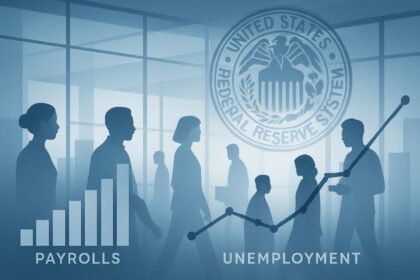Understanding Producer Price Index (PPI)
The Producer Price Index (PPI) measures the average change over time in the selling prices received by domestic producers for their output. It's a critical indicator as it gives insights into inflation at the wholesale level, which can trickle down to consumer prices.
July's PPI Data Insights
In July, the PPI saw a modest increase of 0.1%, less than the expected 0.2%. Over the 12 months to July, it rose by 2.2%, compared to a 2.7% increase in June. This slower growth suggests that businesses are facing challenges in raising their prices, indicating a potential decline in their pricing power.
Key Factors Affecting PPI
Service Sector Decline: Services prices fell by 0.2%, marking the largest decline since March 2023. Notably, there was a 1.3% drop in trade services, which are vital as they reflect changes in margins received by wholesalers and retailers.
Mixed Commodity Prices: Goods prices increased by 0.6%, with energy prices leading the charge due to a 1.9% rise. However, this might be temporary given the recent declines in oil prices.
Implications for Inflation and Interest Rates
Lower producer prices could signal easing inflationary pressures, allowing the Federal Reserve to focus more on the labor market. With the unemployment rate at a near three-year high of 4.3%, there are expectations for a potential interest rate cut to stimulate economic growth.
Market Reactions and Economic Predictions
Financial markets are optimistic about a 25 basis point rate cut by September. This is expected to help manage economic growth without triggering inflation. However, August's employment data will be crucial in shaping future monetary policy decisions.
For the Everyday Investor
Understanding these economic indicators is crucial. If you're managing a household budget, slower inflation can mean more stable pricing on everyday goods. For those investing, potential interest rate cuts could lead to shifts in stock markets and bond yields, influencing investment strategies.
What's Next?
Economists and investors alike will closely monitor upcoming consumer price data and employment reports. These will provide further clarity on the direction of the Fed's policies and the overall health of the US economy.













